Who'd have thought that Fried Chicken and Fermented Shrimp Paste would taste so good together?
It's no wonder then that Har Cheong Gai (Prawn Paste Chicken) is a zhi char favourite and a specialty Singaporean Fried Chicken. When cooked well, it is a plump, juicy chicken wing segment encased in a delicate, crisp umami-crust.
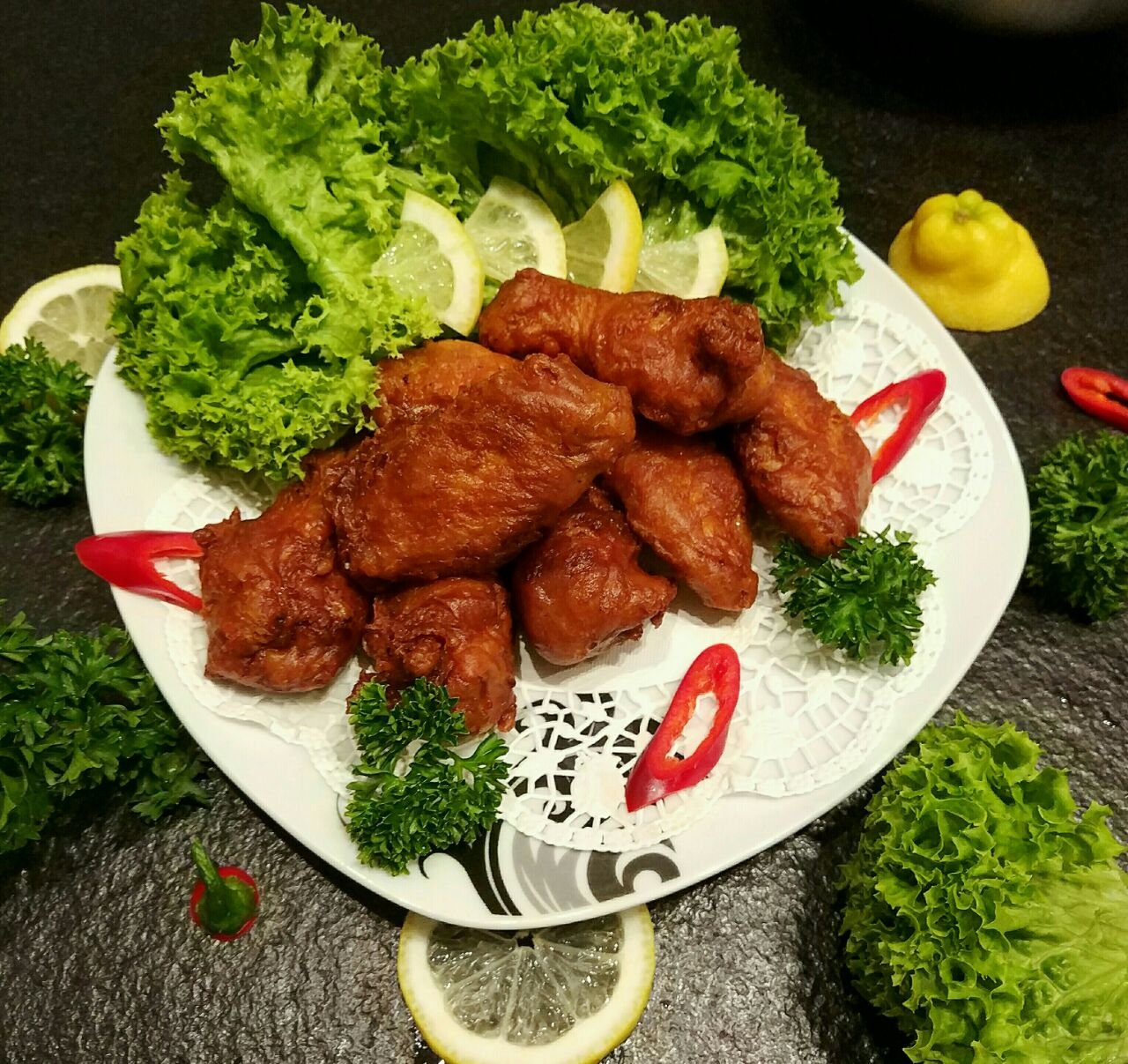
The star ingredient of Har Cheong Gai is fermented prawn paste. Rather than the Malaysian-style 3D (dry, dark, and dense) prawn paste, Har Cheong Gai is made using a fine pinkish-grey shrimp paste originating from Southeastern China. When made at home, most Singaporeans use the Lee Kum Kee brand, which stinks pretty bad, but adds an indescribably addictive flavour that takes the ordinary fried chicken to the next level.
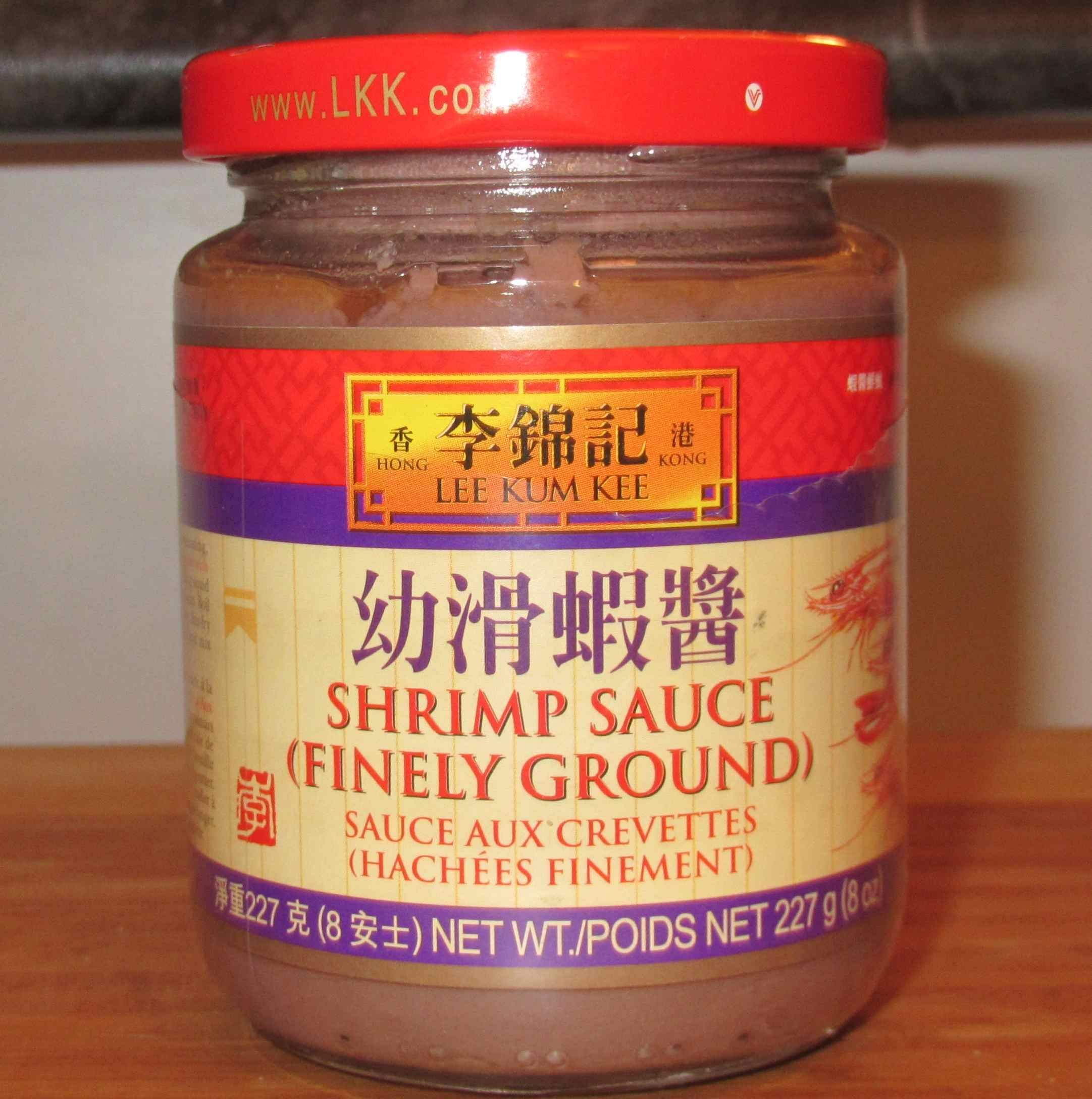
Photo Credit
For a German city, Düsseldorf has a good number of Asian supermarkets. Sadly, after visiting five, I could not find a pinkish-grey shrimp paste similar to the one Lee Kum Kee makes. I could only find a Thai shrimp paste, which is a little more grainy and less dry. Since it was the closest option available, I decided to use use this and see how my Prawn Paste Chicken turns out (Verdict at the end).
There are two ways to make Prawn Paste Chicken.
(1) Marinade the wings and then add the batter in just before deep frying.
(2) Add the batter into the marinade from the start and then let the wings marinade in the mixture.
I tried both styles, and the second method is easier and yummier! I’m not sure why. But it does not really matter. So long as I get a taste and texture that is similar to that of my childhood, I’m happy! :)
I wrote my recipe using the second method.
Everything you need to make a good batch of Har Cheong Gai:
14 fresh chicken wings, tips removed and cleaned
1.5 litre rice bran or sunflower oil
Marinade-batter
55 gm fine prawn paste
60 ml Chinese Shao Hsing wine
30 gm white sugar
30 ml sesame oil
30 ml oyster sauce
4 gm white pepper
2 dashes 5-spice powder
5 ml ginger juice
90 gm potato starch
90 gm plain flour
1/2 tsp baking powder
2 eggs
100 ml water

How to make it:
Separate the mid-wings from the drumlets. You should have a total of 28 wing pieces.

In a big bowl, add all 'Marinade-batter' ingredients and stir with a whisk till smooth.
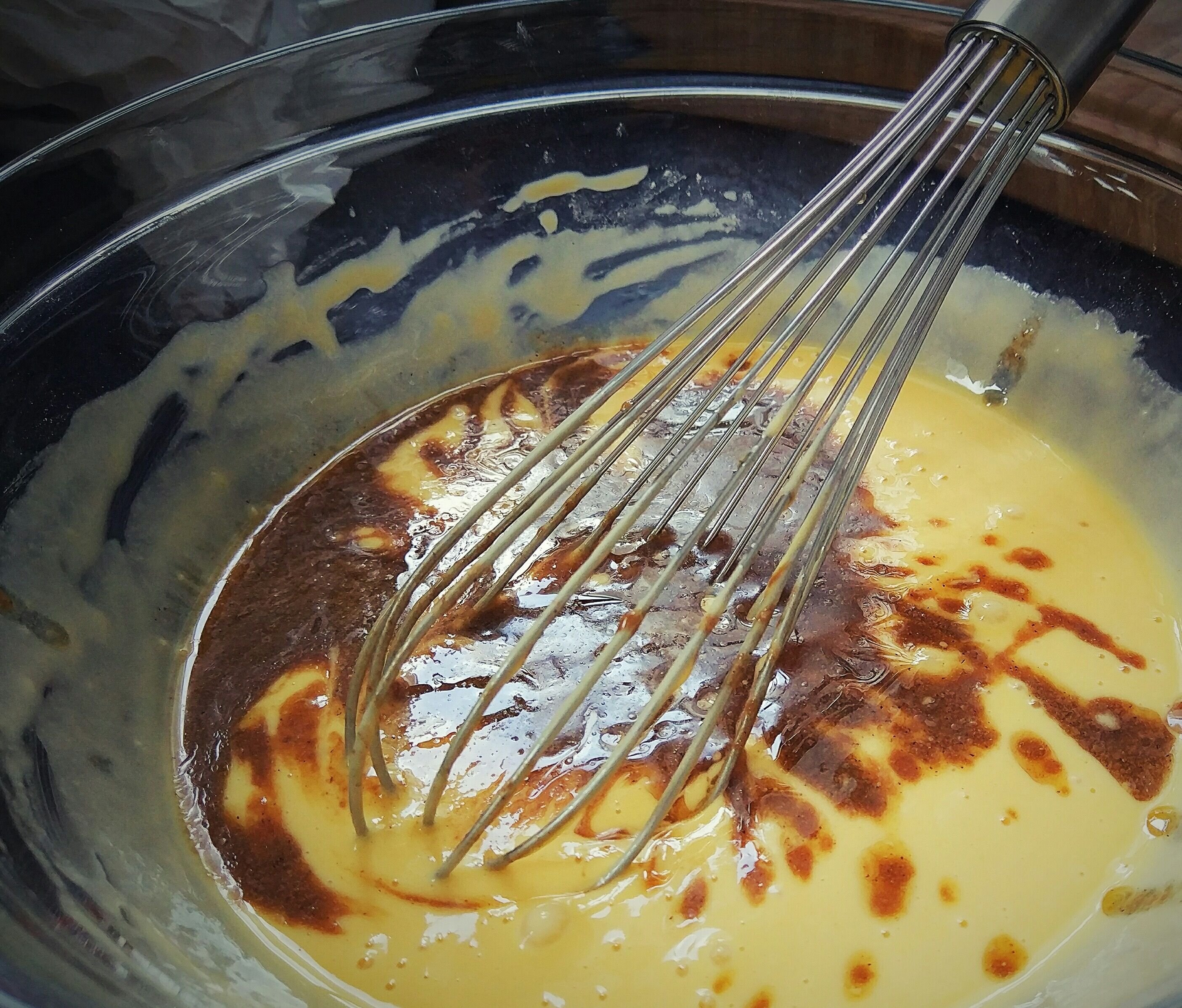
Add in the chicken pieces.

Cover with cling wrap, and let sit on the counter to marinade for 4 hours (No more, because the chicken might get too salty; no less, because the wings might turn out less flavourful).
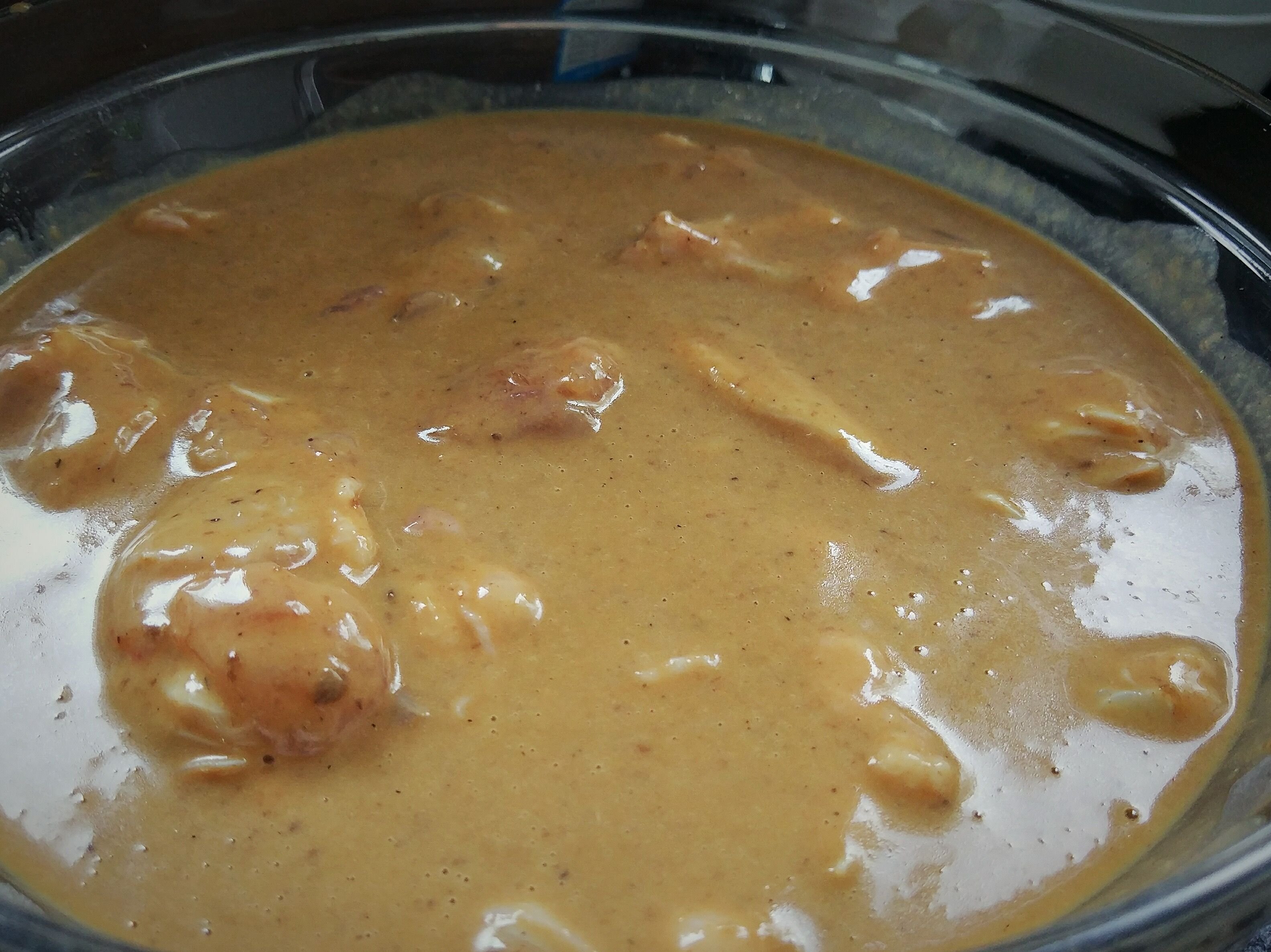
When the chicken is ready, take out a big pot. Heat all 1.5 litres of oil on maximum heat to 180°C. If you do not have a thermometer, put a metal or wooden chopstick into the oil. When bubbles appear around the chopstick, the oil is hot enough.
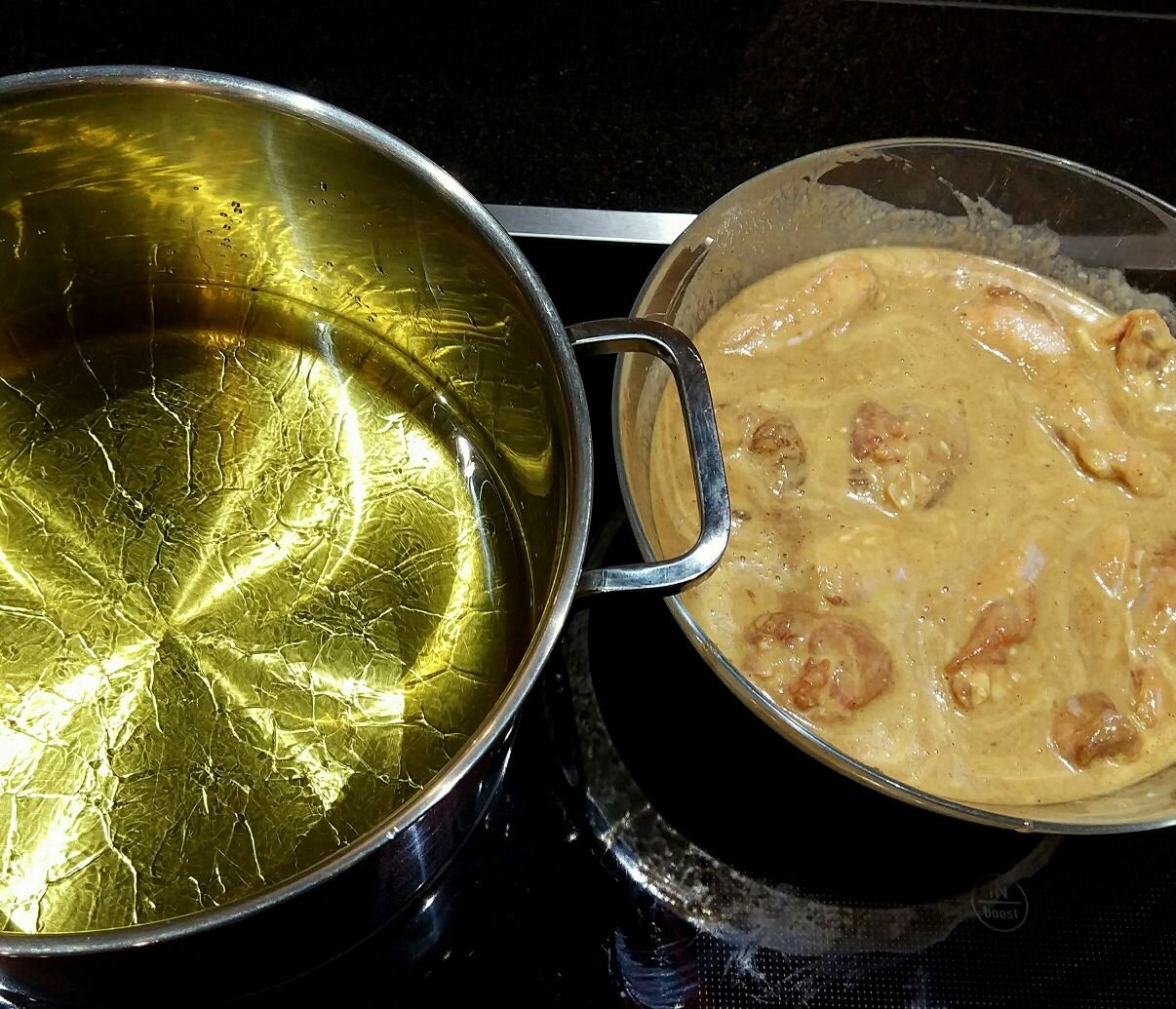
Drop 5 wings into the oil at a time to deep fry. Doing this should create a lot of bubbles, which is a good indication that the water in the batter is boiling off into the oil, ensuring that the oil does not seep into the chicken.
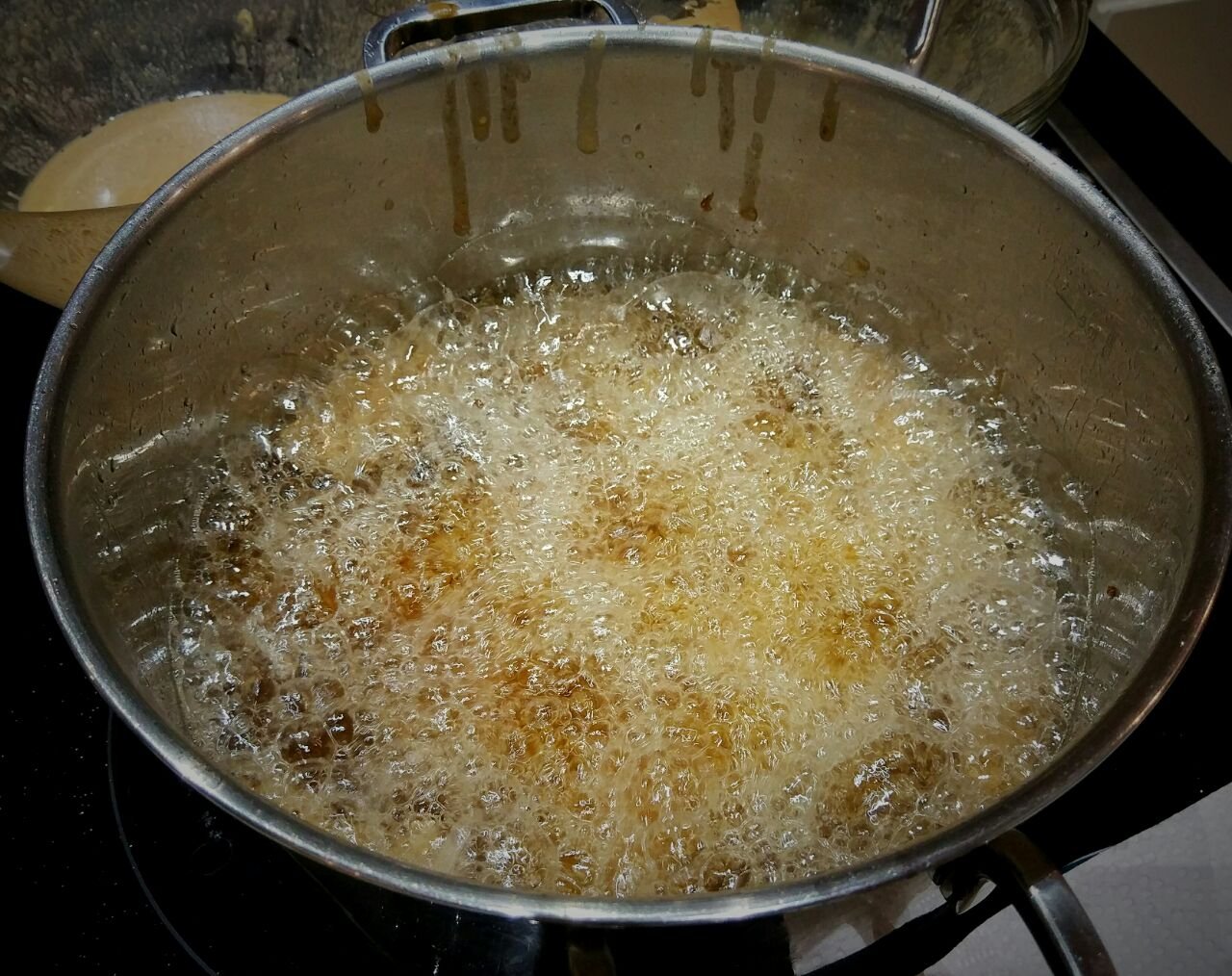
The oil should drop to approximately 160°C, an ideal temperature for the inside of the chicken to cook in the time it takes for the crust to turn into a beautiful golden brown colour.
After 3-4 minutes, you’ll see the wings start to float. This indicates that they are cooked. Take them out.
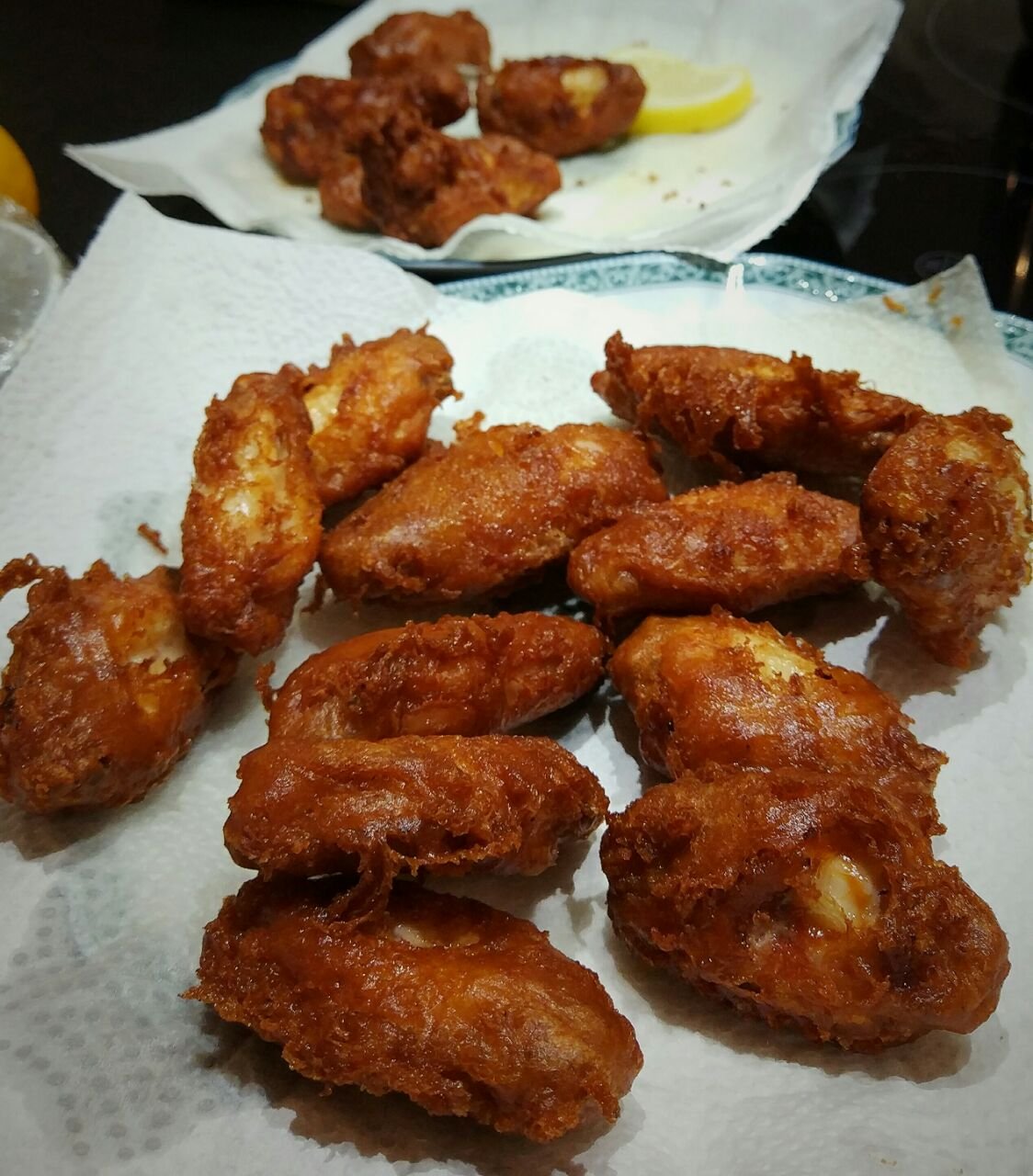
Eat all the wings while they are fresh! We eat har cheong gai without any condiments in Singapore, but my husband loved the zesty boost that a spritz of fresh lemon juice gave. :)
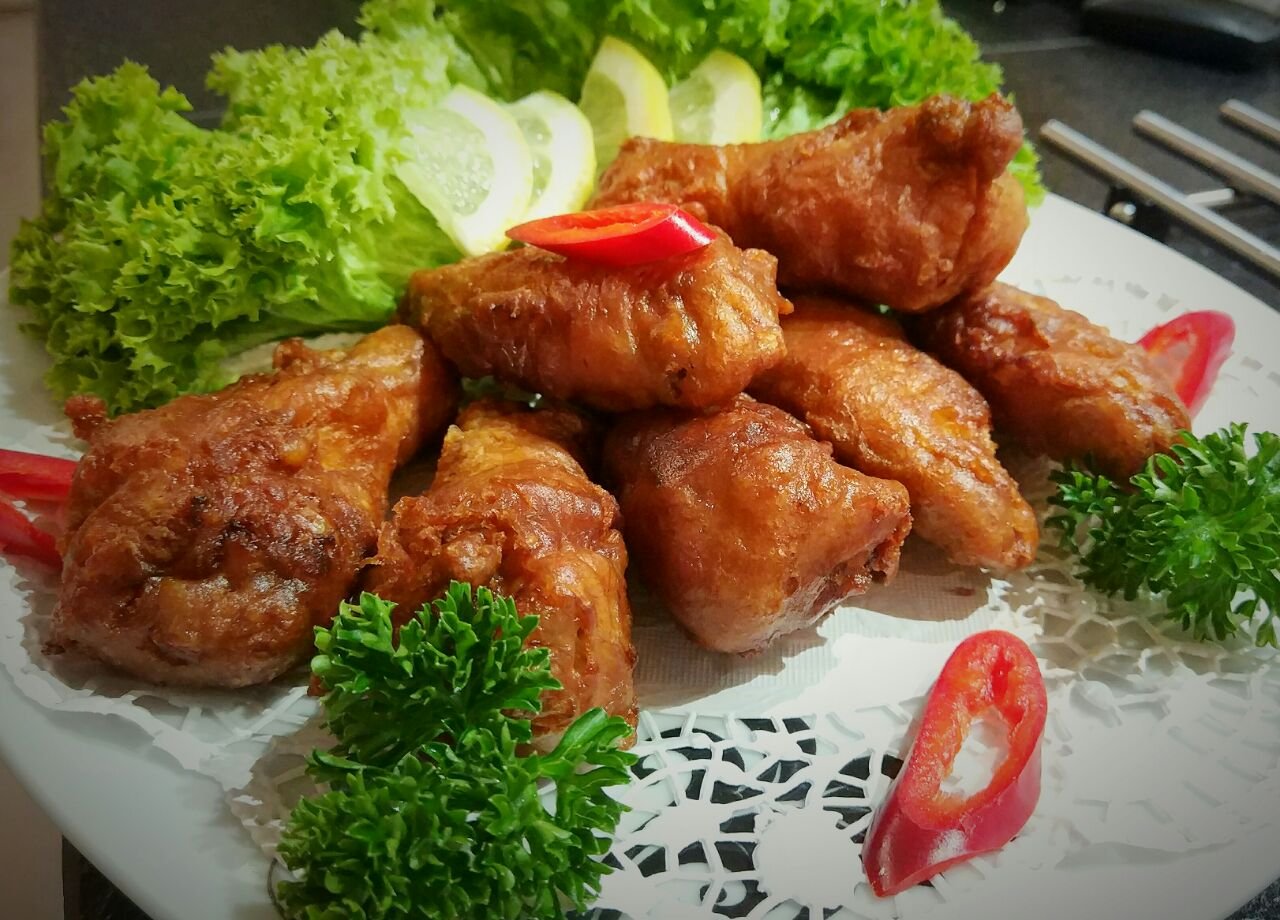
The Important Question:
Did my Har Cheong Gai taste authentic? Well, the flavour of the X.O. brand Thai Prawn Paste is a tad stronger and more pungent than the ones many Singaporean chefs use. Even with different ingredients, I find my recipe to still be Awesome! Though it did not produce the absolute best Har Cheong Gai that I have ever eaten, my Prawn Paste Chicken tasted rather similar to those that I have eaten in Singapore. On top of that, the crust was thin and umamilicious, and the inside of each wing was still juicy. One craving successfully satisfied! :)
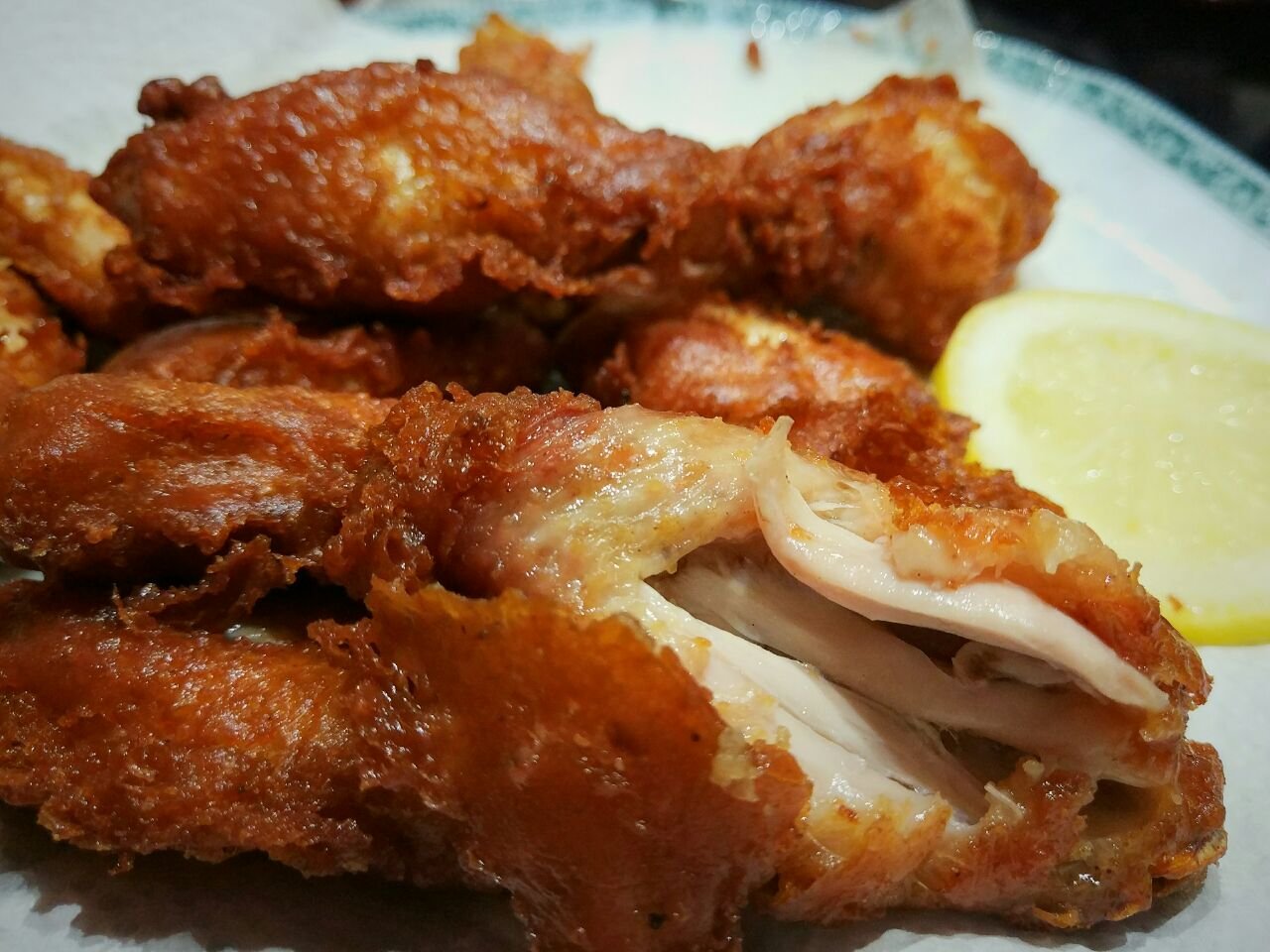
Follow @Foodie.warrior along on this journey.
I will be featuring true blue Singaporean dishes and sharing recipes.
